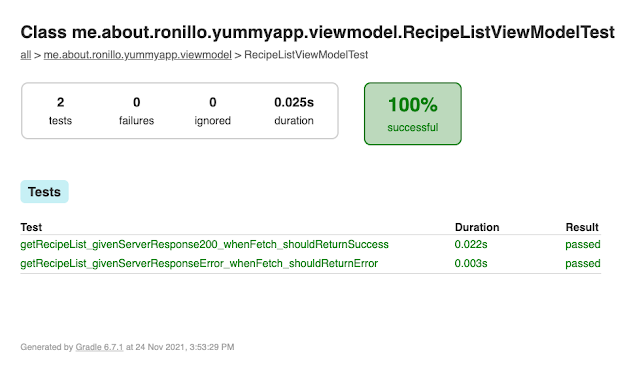How To Protect VCS Branches
Version control systems (VCS) such as Git are essential for any software development project. They allow you to track changes to your code over time, collaborate with other developers, and revert to previous versions if necessary.
One of the most important things you can do to protect your code in a VCS is to protect your branches. This means setting rules that define who can push to the branch, what changes can be pushed, and how changes are merged into the branch.
There are a few reasons why you should protect your branches:
- To prevent accidental overwrites: If a developer makes a mistake in their commit and pushes it to a protected branch, the rules you have in place can help to prevent the mistake from being merged into the main codebase.
- To ensure code quality: You can use branch protection rules to require that all changes to a branch pass certain checks, such as automated tests or code reviews. This can help to improve the quality of your code and reduce the number of bugs that make it into production.
- To enforce coding standards: You can also use branch protection rules to enforce coding standards on your team. For example, you could require that all commits have a descriptive message or that they follow a certain style guide.
Different VCSs have their own ways of protecting branches. Here are some general instructions on how to protect branches in Git:
- Identify the branches you want to protect: This includes any critical branches, such as the master branch or release branches.
- Set branch protection rules: The specific rules you set will depend on your needs. However, some common rules include:
- Requiring a pull request before merging
- Requiring status checks to pass before merging
- Requiring a linear commit history
- Restricting who can push to the branch
- Educate your team: Make sure that everyone who works on your repository understands the branch protection rules in place and why they are important.
Here are some additional tips for protecting your VCS branches:
- Use clear and concise branch names: This will make it easier to identify and protect the branches that are most important to you.
- Review branch protection rules regularly: Make sure that the rules you have in place are still meeting your needs. As your project evolves, you may need to add or remove rules.
- Use a continuous integration/continuous delivery (CI/CD) pipeline: A CI/CD pipeline can help you to automate the process of building, testing, and deploying your code. This can help to reduce the risk of errors and ensure that your code is always in a deployable state.
By protecting your VCS branches, you can help to ensure that your code is always in a stable and deployable state. This can reduce the risk of bugs and errors, and it can make it easier to collaborate with other developers.

Comments
Post a Comment